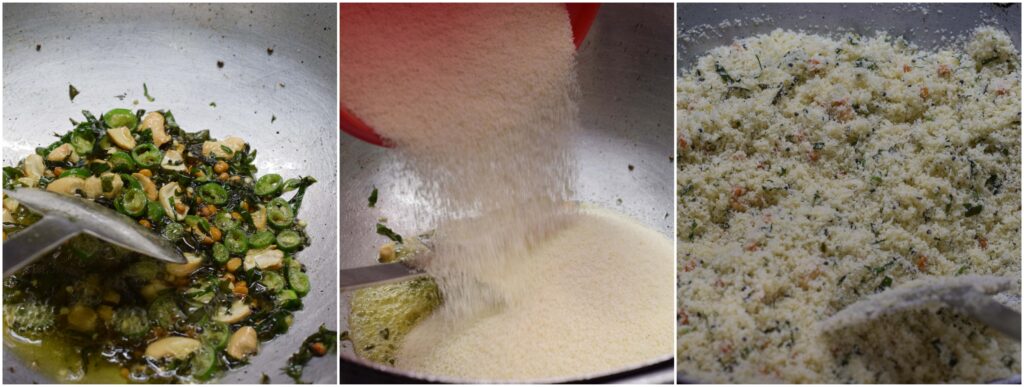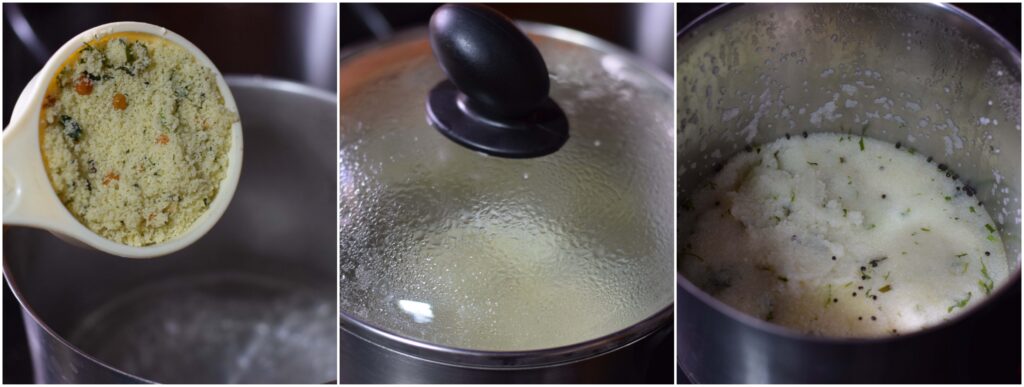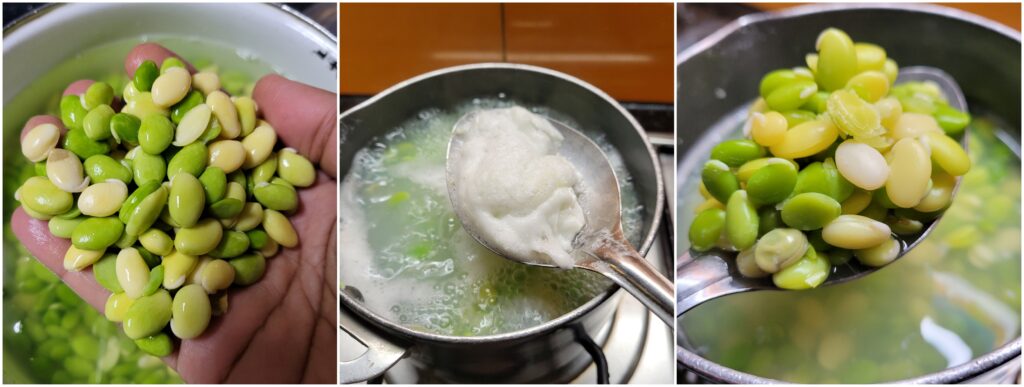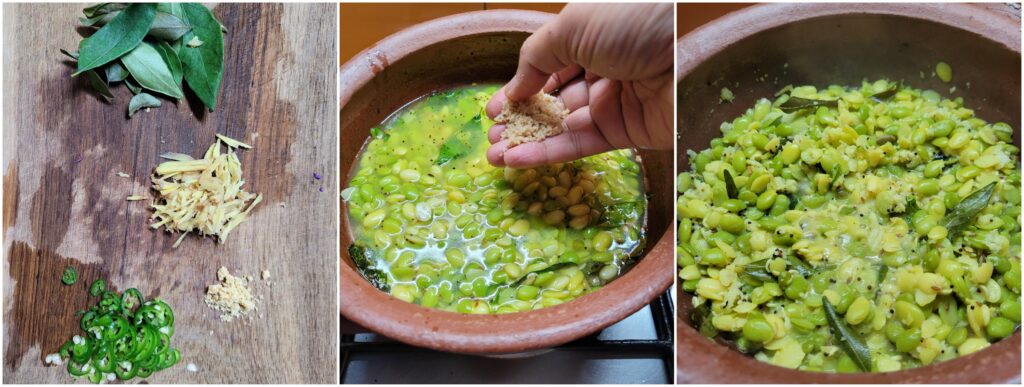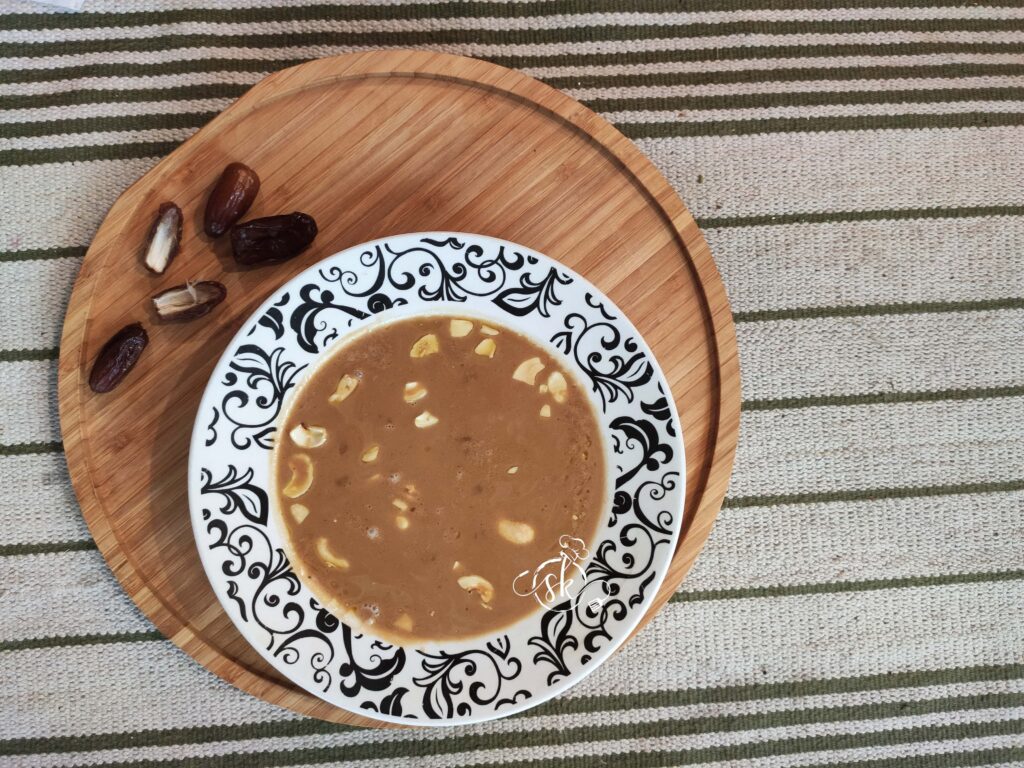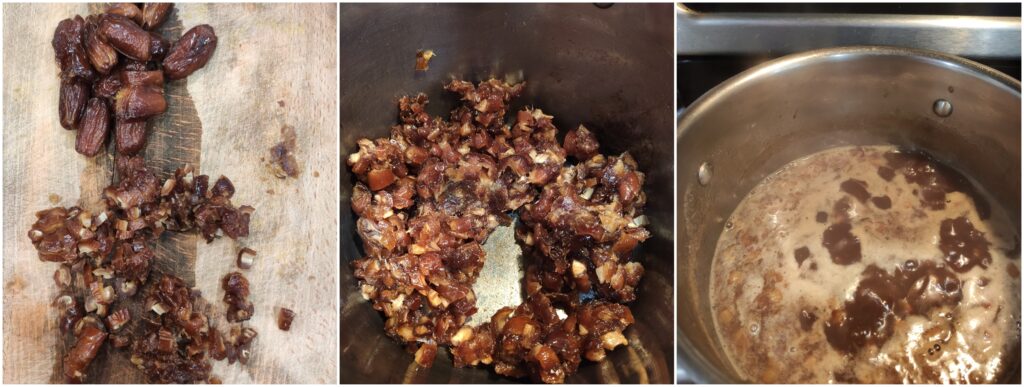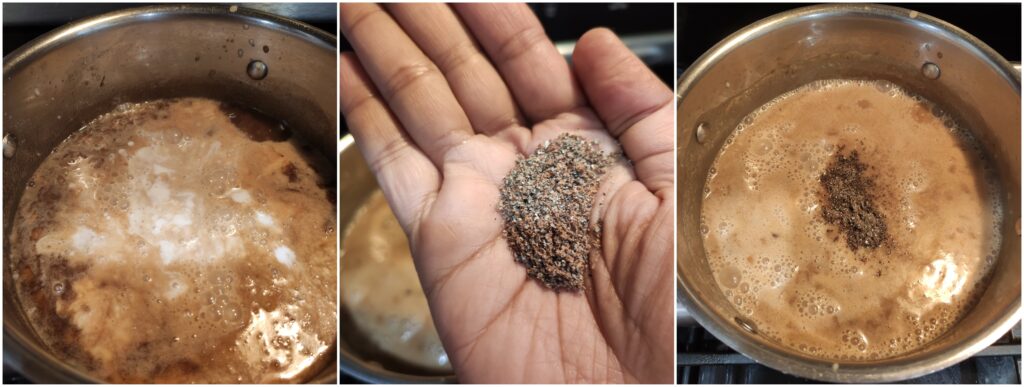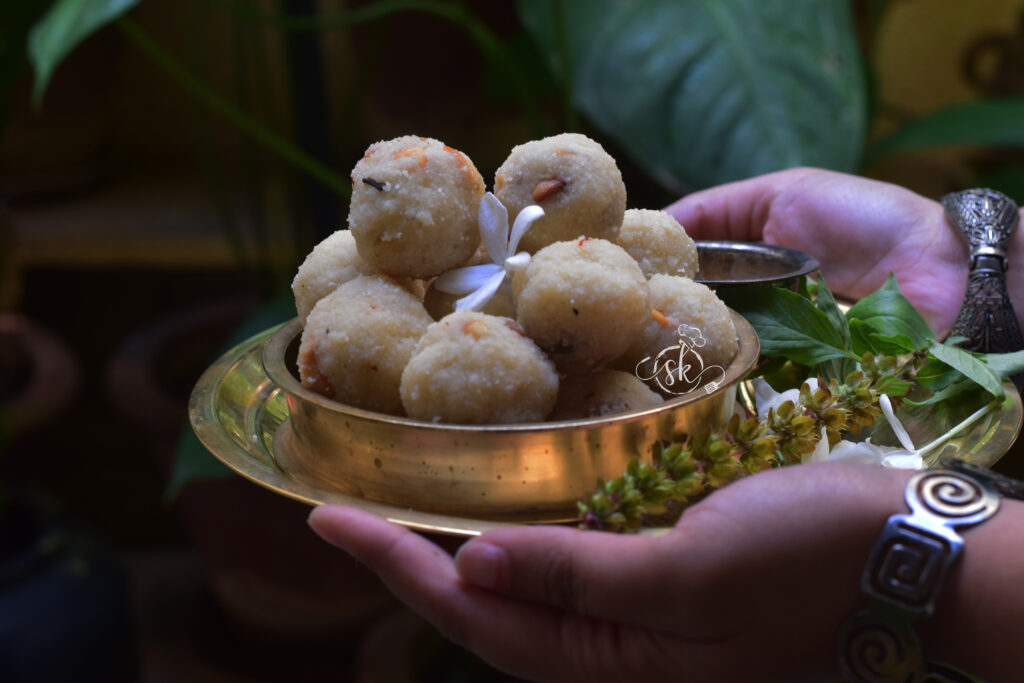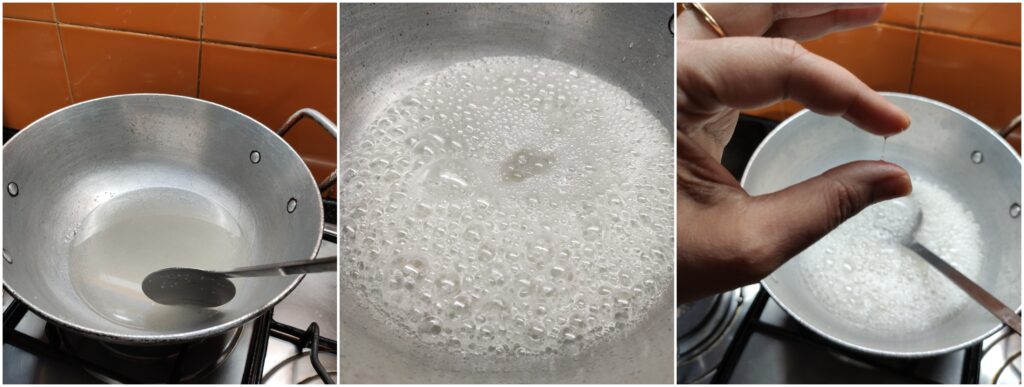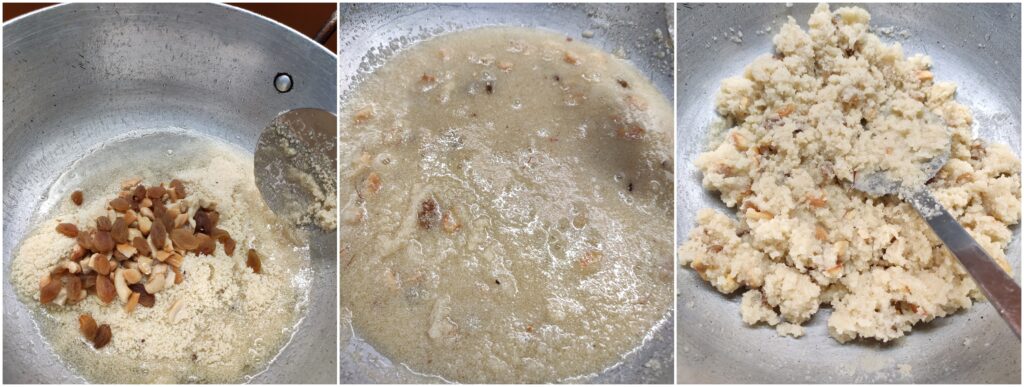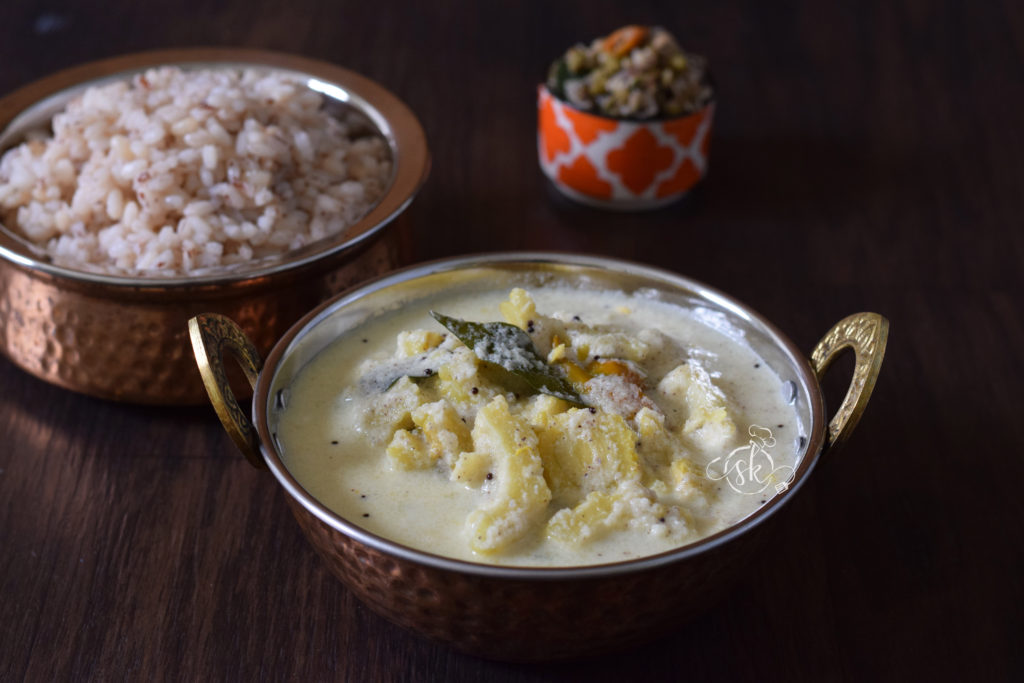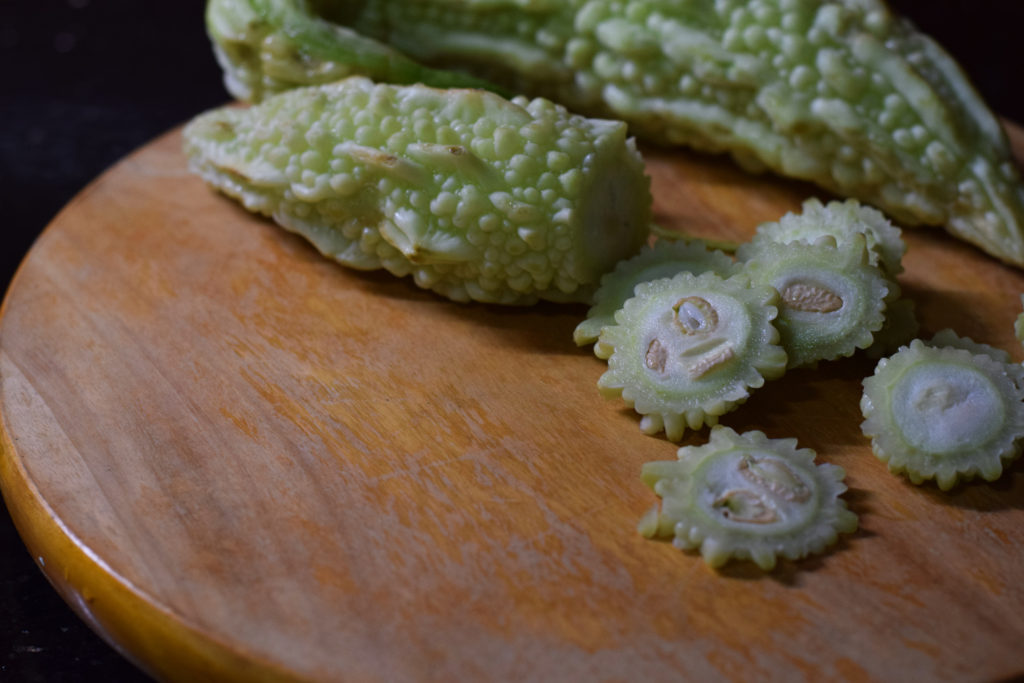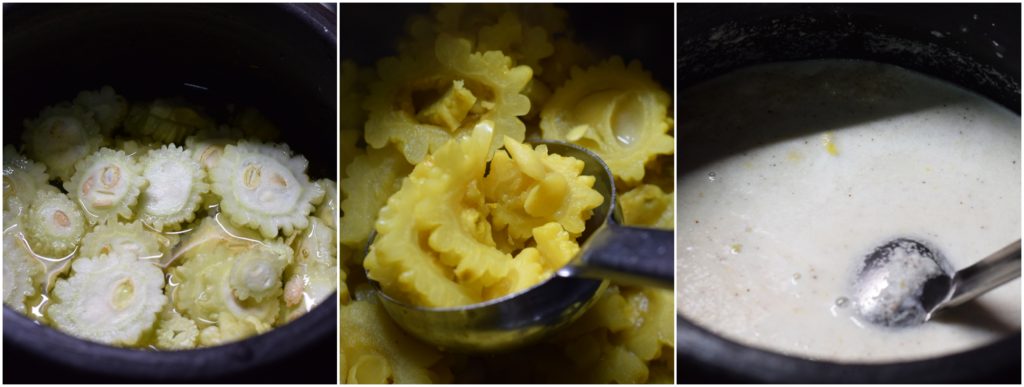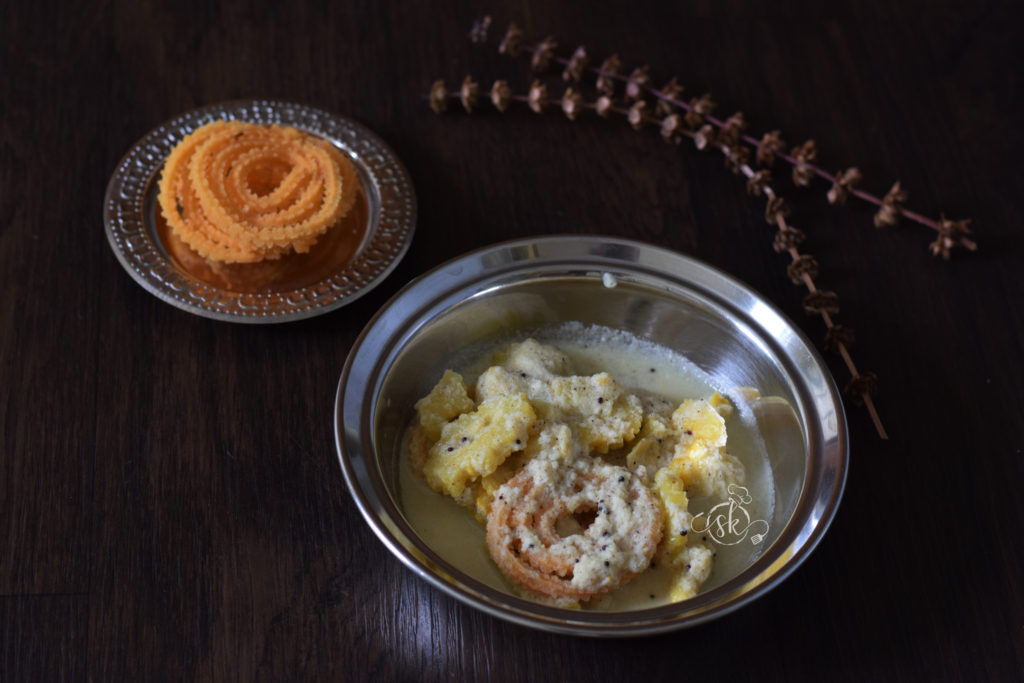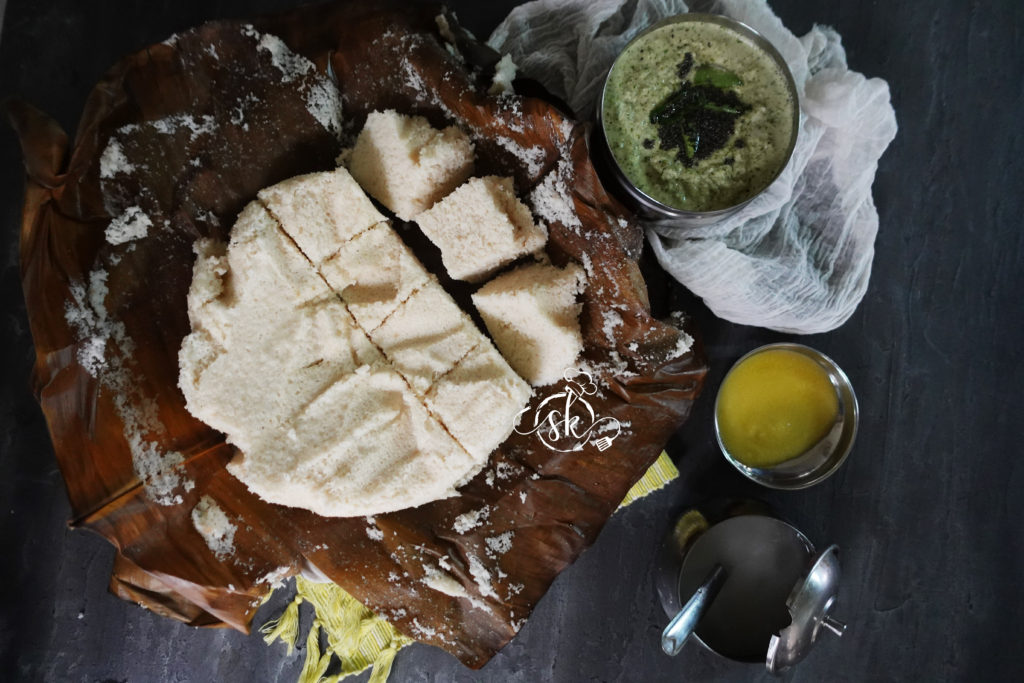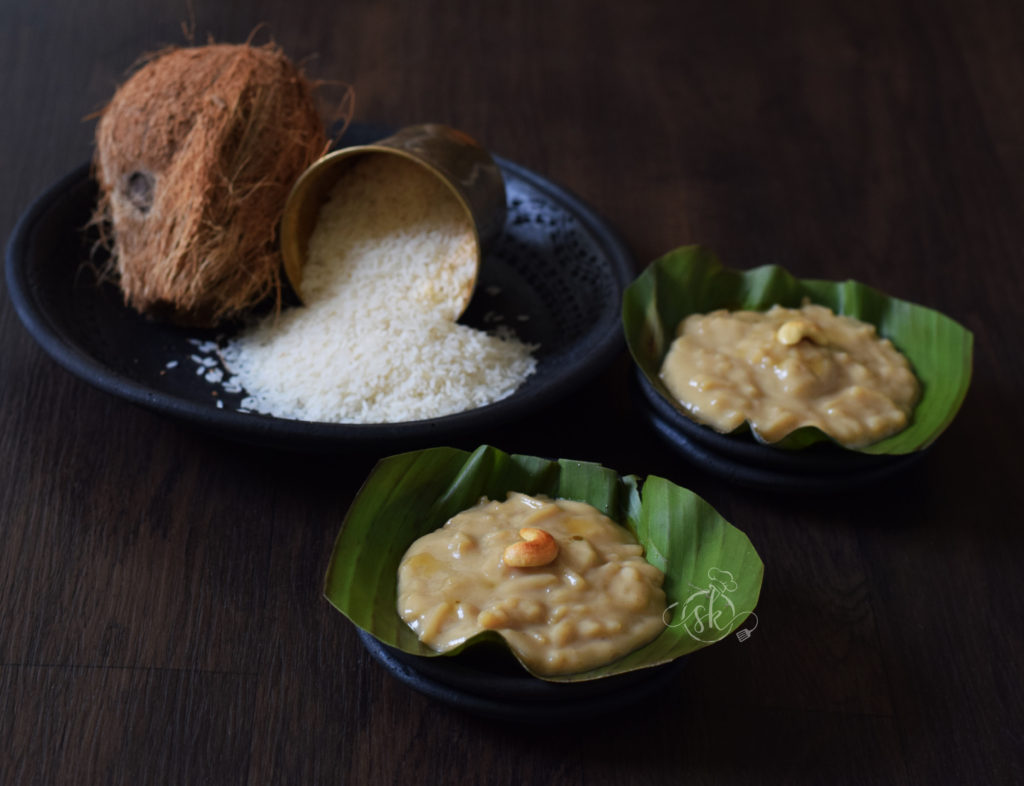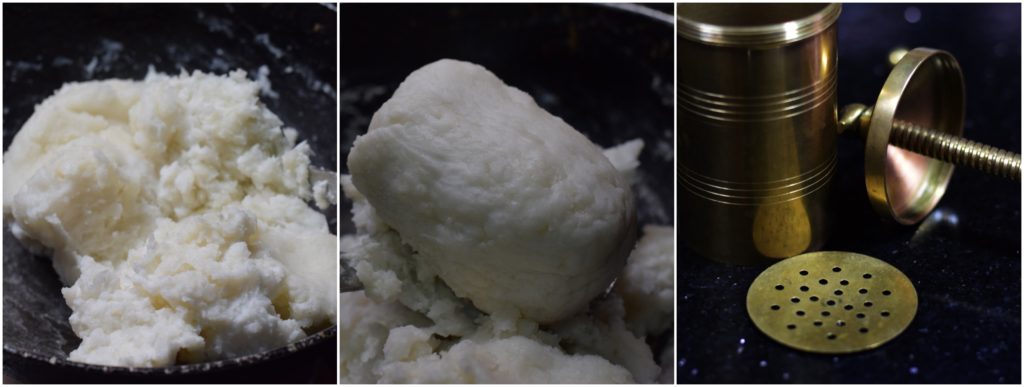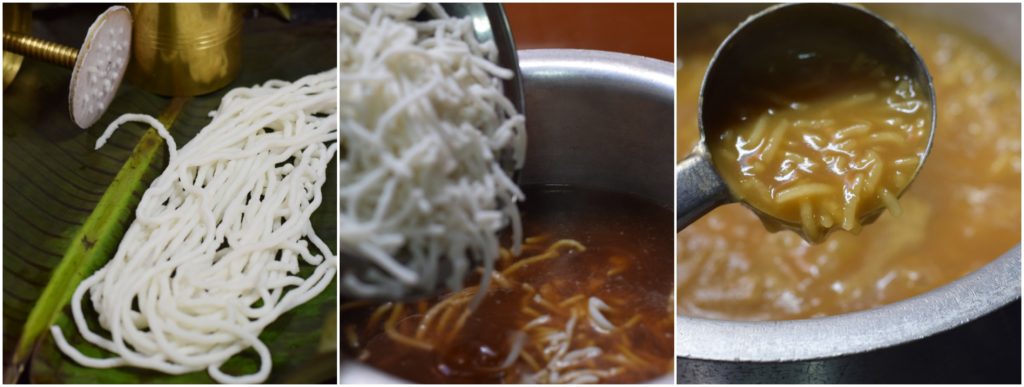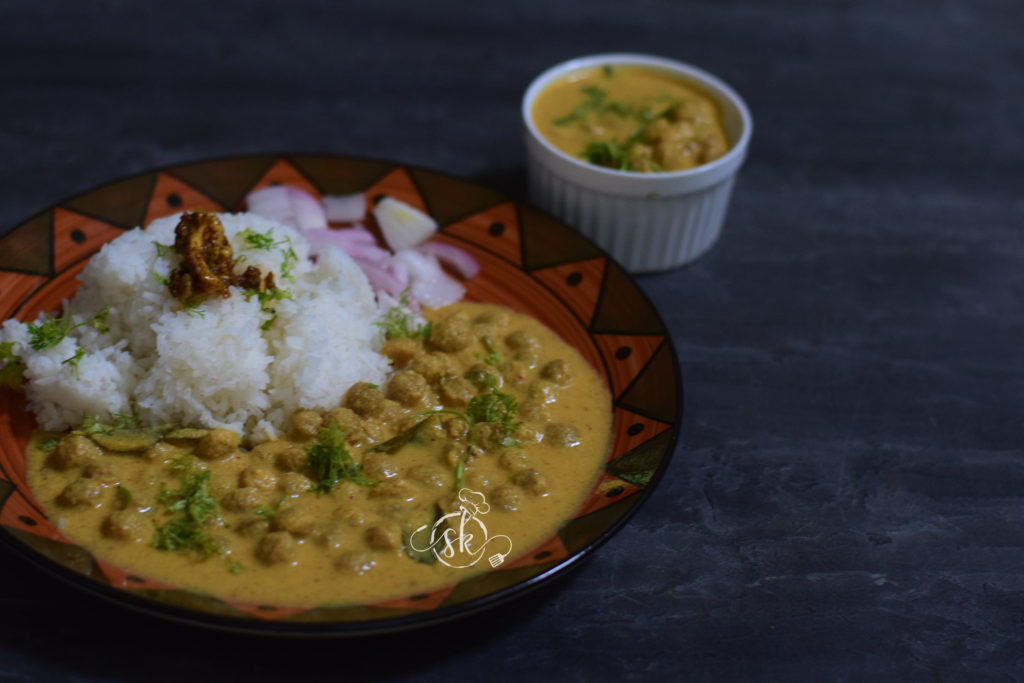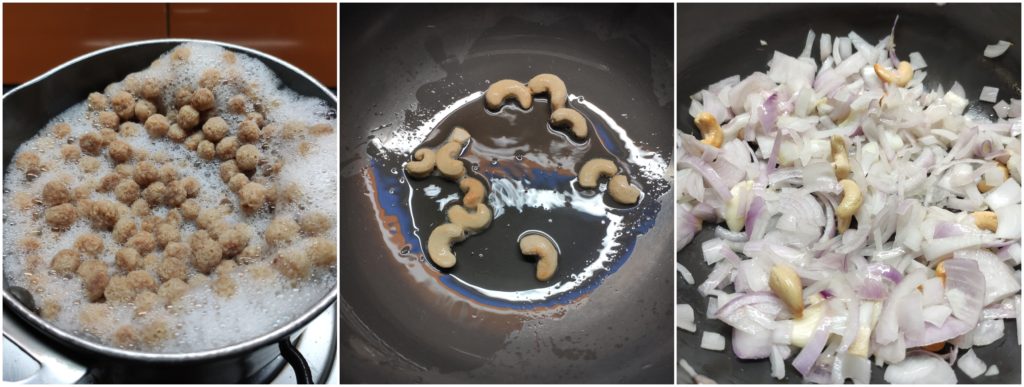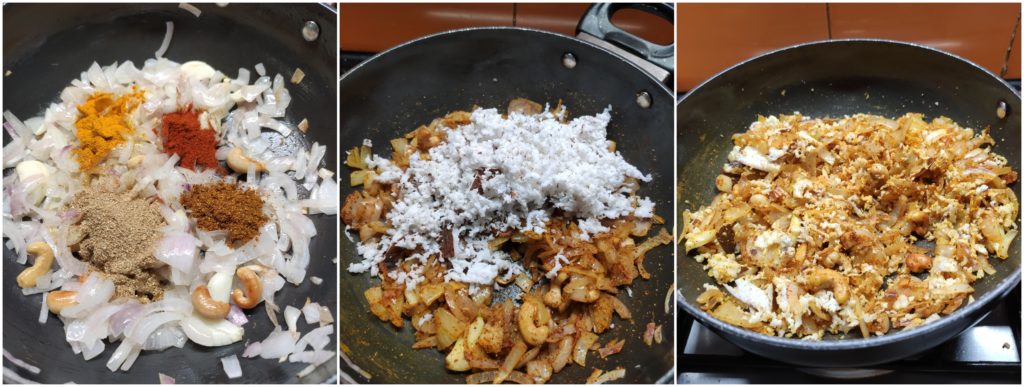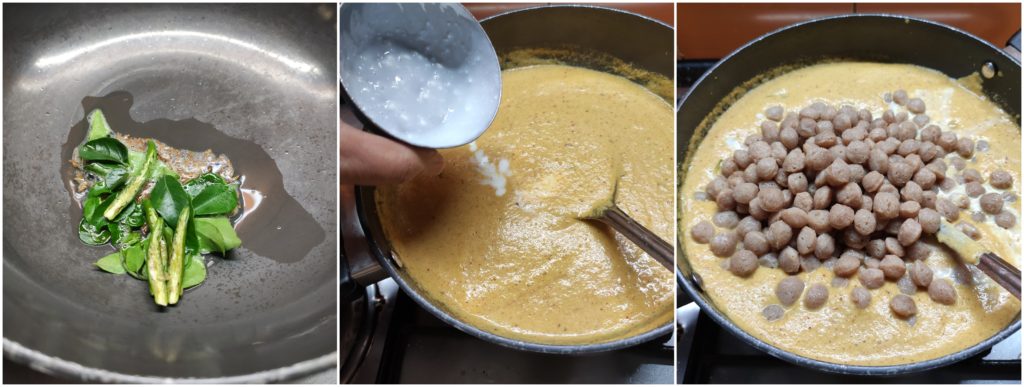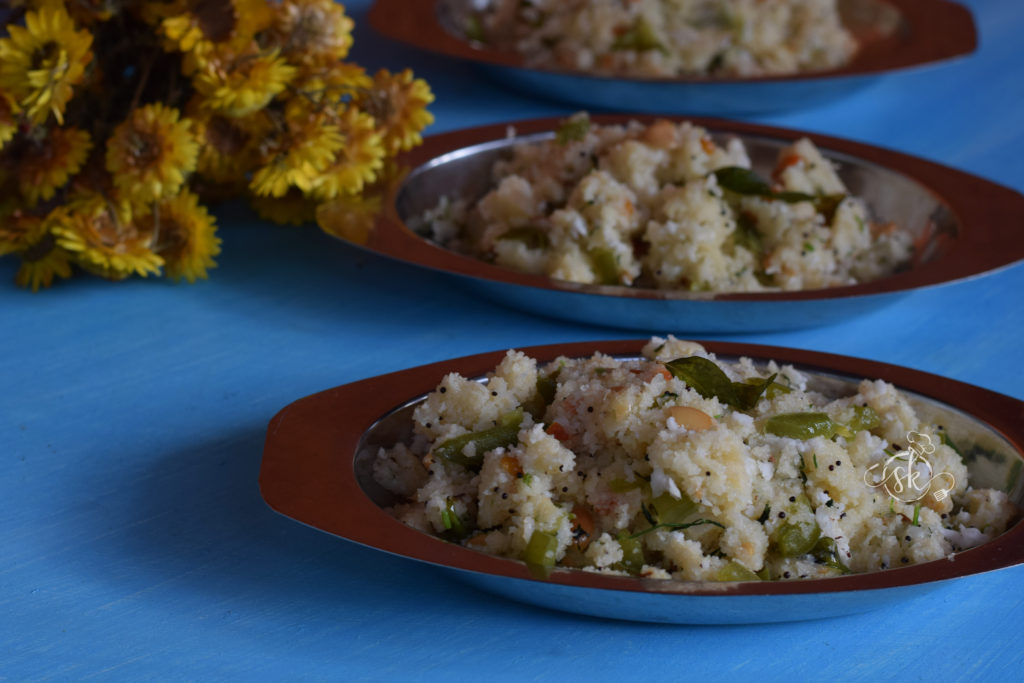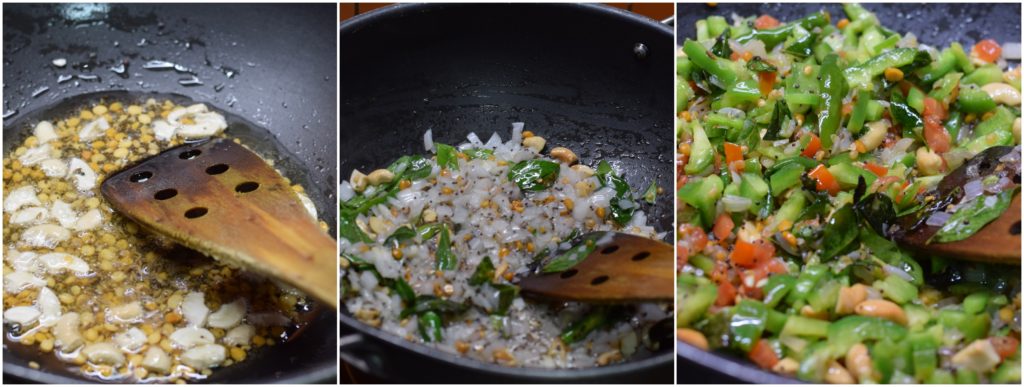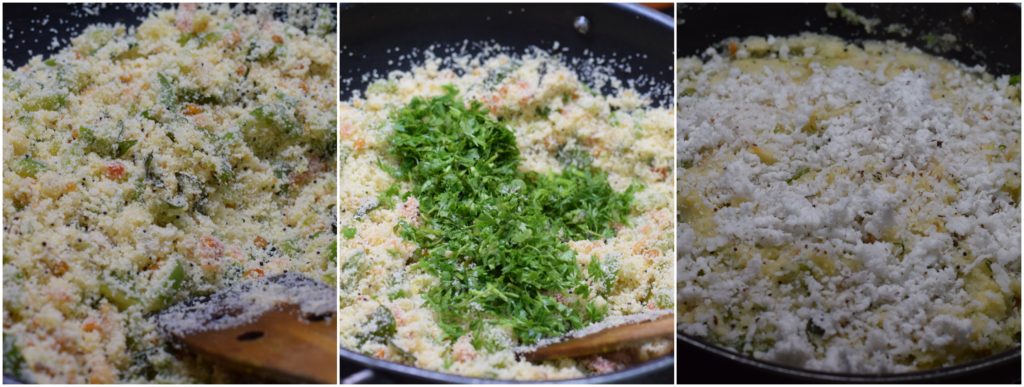Who doesn’t love fried rice? Even I love fried rice, especially what my husband makes. Yes! You heard that right. It is his recipe, which I learnt from him. He usually prefers to make vegetable-loaded egg fried rice; today, I kept it simple by preparing veg fried rice.
Here, rice preparation would decide the texture of the final product. So, I suggest preparing rice in advance ( at least 2 hours before the final touch). Remove the starch by using the open vessel cooking method.
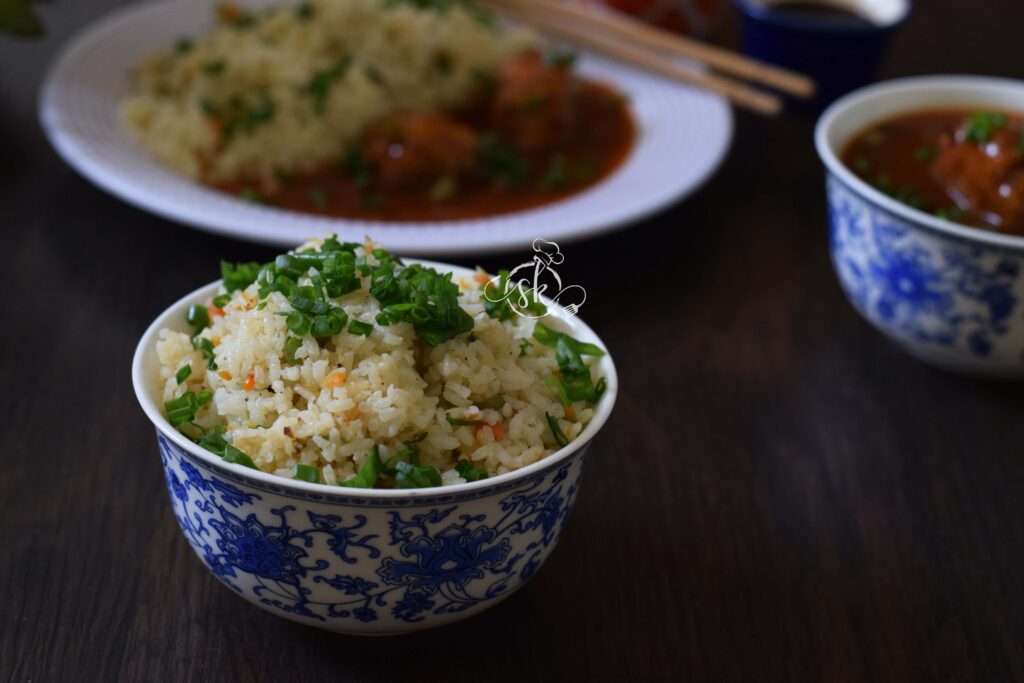
At first, I would brief the rice preparation:
Ingredients:
Small grain rice/ sannakki/ Jeera rice – 1 cup
Salt – 1tsp
Oil – 1 tsp
Method:
-Boil water in a big pot; add oil, salt and washed rice. Cook for 7 to 9 minutes / Al dente.

-Rice should be cooked as well as firm. Drain the starch and cool the cooked rice grains to room temperature before making the fried rice.
For the Fried rice:
Ingredients:
Cooked rice – From 1 cup of rice
Chopped veggies – Carrot, capsicum, cabbage.
Spring onions – 4 bulbs with greens (chopped)
Oil – 2 tablespoons
Ginger garlic paste – ½ tsp
Salt
Pepper powder – ½ to 1 tsp
Vinegar – 1 tablespoon
Soy sauce – 1 tsp
Method:
-Take one wide kadai, heat oil, and fry the chopped bulb part from the spring onion choppings.

-Add chopped veggies, fry for a while, add ginger garlic paste, and fry further.
-Add vinegar and soya sauce and fry for 2 minutes.
-Sprinkle a little salt and pepper powder, give a toss, add cooled rice, and mix nicely by adding the required amount of salt and pepper powder.
-Garnish with spring onion greens and serve with any Chinese side dish or eat as it is or with fried egg chunks.
-Here, I served it with Veg Ball Manchurian with Hot Ginger sauce.


